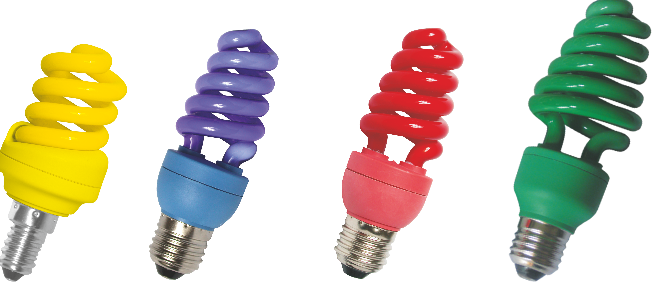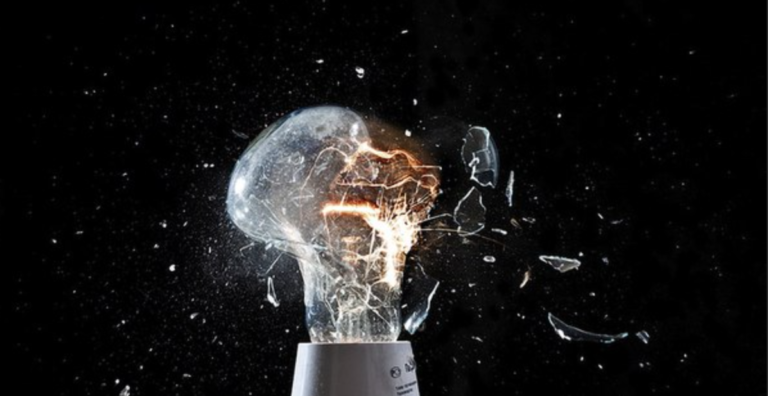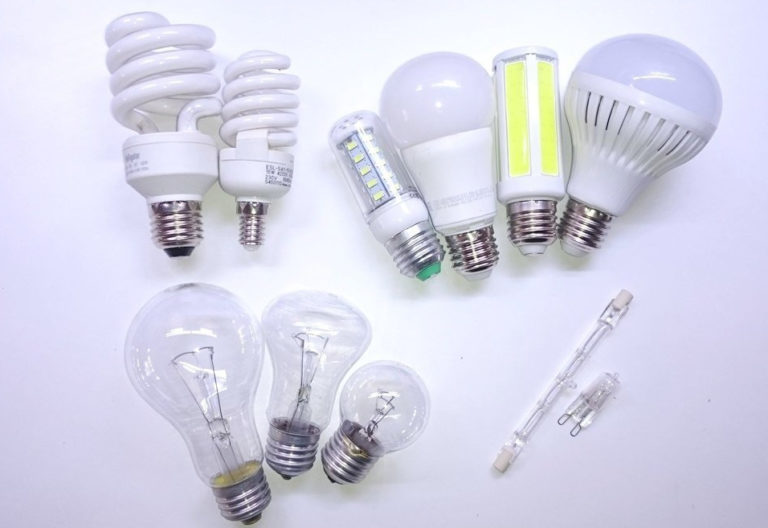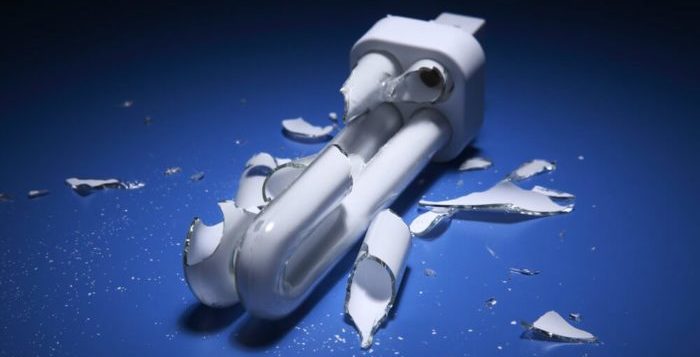Broken energy-saving bulb - what to do
Energy-saving light bulbs are efficient lighting fixtures that are used extensively in homes. Most of the time they are not a problem, but some emergencies may require immediate action. It is advisable to know in advance what to do if an energy-saving bulb breaks so that you can properly assess the level of danger.
Description of the energy-saving bulb
An energy-saving bulb is an electrical device that operates through heating from inert gas and mercury vapor electrodes in a sealed bulb.
The voltage from control gear causes a movement of electrons and produces ultraviolet radiation. The phosphor coating of the bulb turns it into visible white light.
Is a broken bulb dangerous
The way energy-saving bulbs of energy-saving bulbs is based on heating the mercury. Its vapors are a Class 1 hazard and can have an adverse effect on humans and the environment.
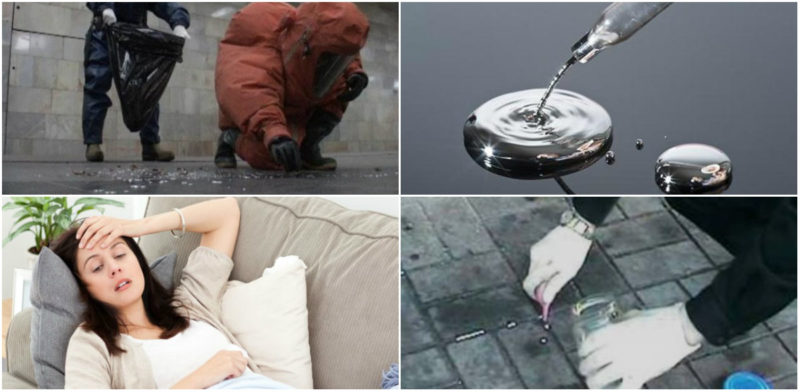
Mercury causes moderate to severe health effects. Spreading from a broken lamp happens very quickly, and the first symptoms show up on the nervous system.
Symptoms of mercury poisoning include:
- headache;
- Vomiting or nausea;
- dizziness;
- weakness;
- fever;
- digestive and gastrointestinal disorders.
Severe poisoning is manifested by severe headaches that come on and off. Delirium and impaired brain function may also occur. The high content of harmful substances in the body causes damage to internal organs, respiratory tract.
Children and pregnant women are most vulnerable to the effects of mercury vapor. One broken lamp is unlikely to cause death, but a significant deterioration can occur.
Is there mercury in energy-saving lamps
Mercury in modern energy-saving lamps is indeed present. Its exact amount depends on the model of the device and the specific technology. Standard household light bulbs usually contain no more than 5 mg of the harmful substance. Domestic bulbs contain the element itself, while European bulbs use a mercury-based alloy.
Related information: What's inside an energy-saving bulb
The substance itself in solid and liquid state is safe for humans. However, it has a very low boiling point and easily turns into vapor that penetrates the body. This exposure is already dangerous.
В Fluorescent tube lights can have up to 65 mg of the active ingredient, and in outdoor DRIs up to 600 mg.
How to eliminate the hazard
Eliminating the hazard from a broken lamp includes mechanical cleaning, demercurization and waste disposal. Let's consider the steps in more detail.
Mechanical cleaning
All mechanical cleaning must be done by a responsible adult and others must leave the area, including pets. Before cleaning, it is important to close doors to other rooms and open windows wide.
Next, all parts of the appliance should be collected. When removing the lamp shards, under no circumstances should you touch them with your bare hands. All work is carried out in thick gloves, and the collection of remains is done with a sponge, cardboard or a rag. A vacuum cleaner should not be used, otherwise you will have to get rid of it.
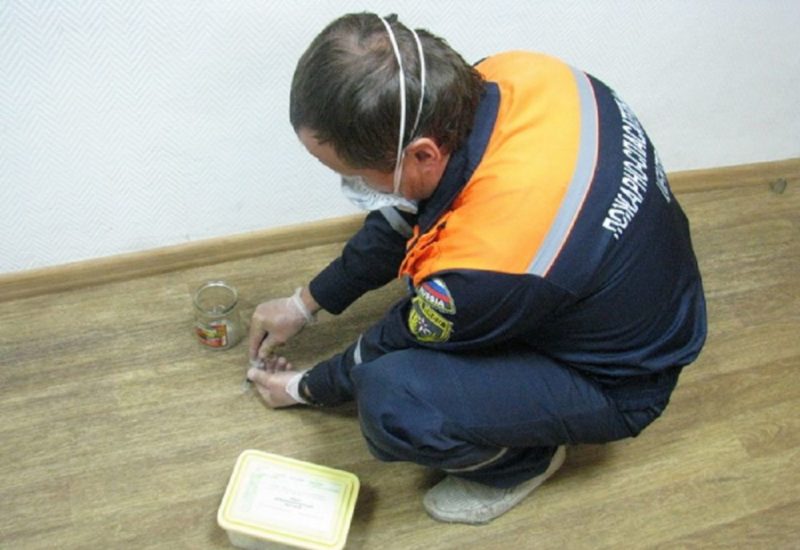
All parts of the device are placed in a tight bag with an airtight clasp. The surface is wiped with a damp cloth or towel, which is also placed in a tight bag for disposal.
If substances have come into contact with the decor elements, they should also be placed in sealed bags for further examination. Specialists will be able to assess the degree of contamination and will draw a conclusion about the suitability of the object for further use.
Demercurization
Once mechanical cleaning is complete, immediately begin cleaning the room, demercurization - removing all residual mercury and neutralizing the compounds absorbed into the surfaces. Thorough cleaning using special solutions is required.
You can buy the necessary solution in a specialized store or prepare your own.
Options for homemade neutralizers:
- Dissolve 2 grams of manganese in 1 liter of water and stir.
- Dissolve 400 grams of soda and 400 grams of soap in a 10-liter bucket. Soda in this case can be replaced by another chlorine-containing composition.
- Dissolve 100 ml of iodine in 1 liter of clean water.
The formulations are inexpensive and quick to prepare, which is convenient for treating large areas.
Wipe all surfaces in the room where the lamp broke with the solution. Pay special attention to cracks, hidden cavities and hard-to-reach areas. Use only thick rubber gloves for all work.
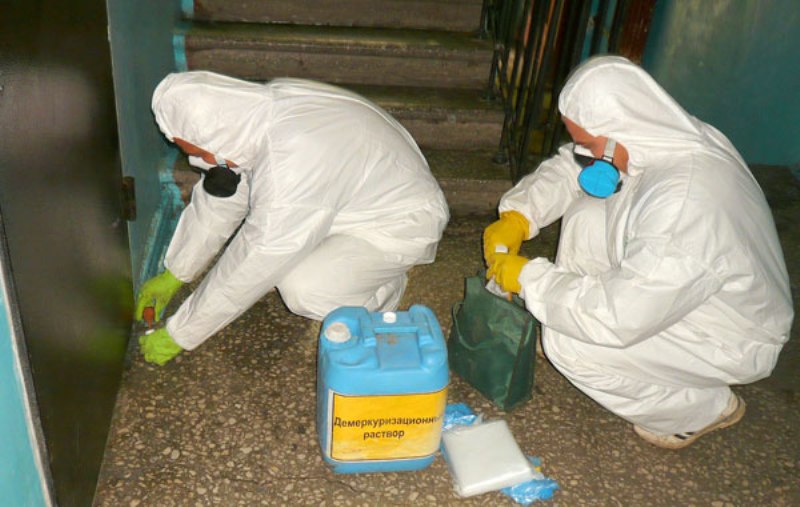
After application it is advisable to leave the solution on the surfaces for several hours. For complete removal of harmful substances you may need to repeat treatment for 3-4 days.
You can ask for a demercurization service from specialized companies that use specialized products and methods. After the procedure, employees will measure the mercury vapor content in the air and evaluate interior items that have been exposed to the substance.
Disposal
It remains to remove the bag with the waste lamp from the apartment. Do not throw such waste in a regular tank, you need to find a specialized collector for hazardous waste. In large metropolitan areas such bins are not difficult to find, but it is more difficult for residents of small towns.
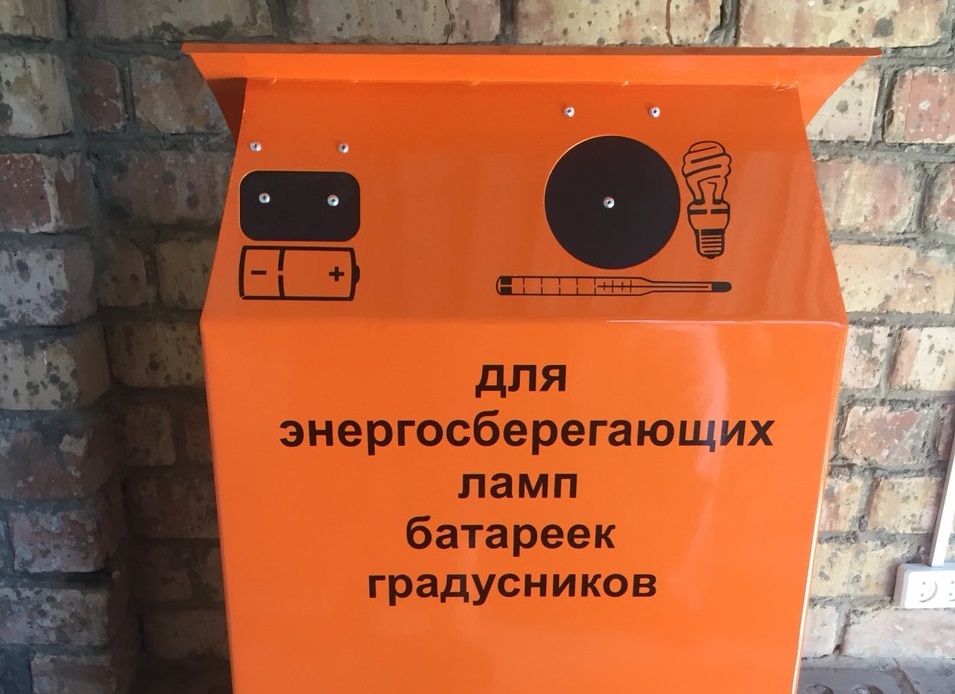
For advice, call the Ministry of Emergency Situations or the Sanitary Epidemiological Service. Specialists will coordinate and recommend the best disposal option. You can contact local large businesses, which should have tanks for the disposal of hazardous waste.
What not to do
When dealing with the consequences of a broken energy-saving bulb, it is important to avoid the following actions:
- You should not turn on the air conditioner. Mercury vapor will quickly fill its elements and then spread around the room for a long time while the unit is running. The same applies to vacuum cleaners and fans.
- Do not pick up shards with a broom, toxic substances will rise up with the dust.
- Do not dispose of splinters in the trash.
- Never touch any part of the lamp with bare hands without protection.
- Residue must not be flushed down the toilet.
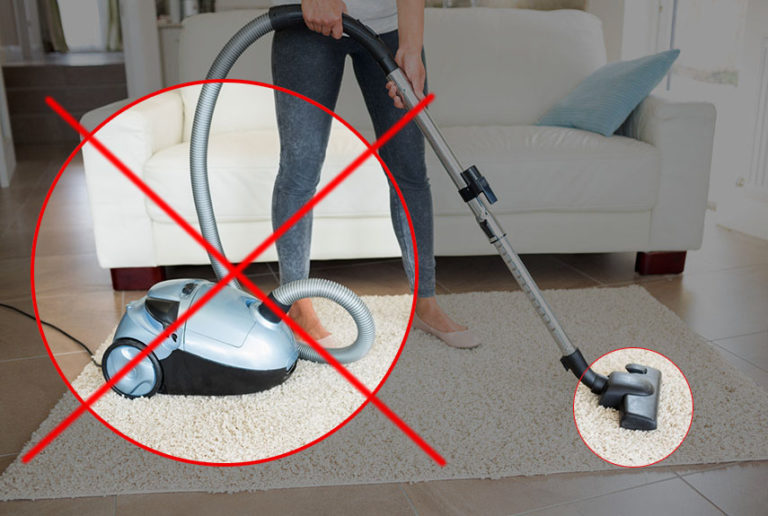
The parts of a broken energy-saving lamp are hazardous waste and must be They must be disposed of according to the correct procedures..
